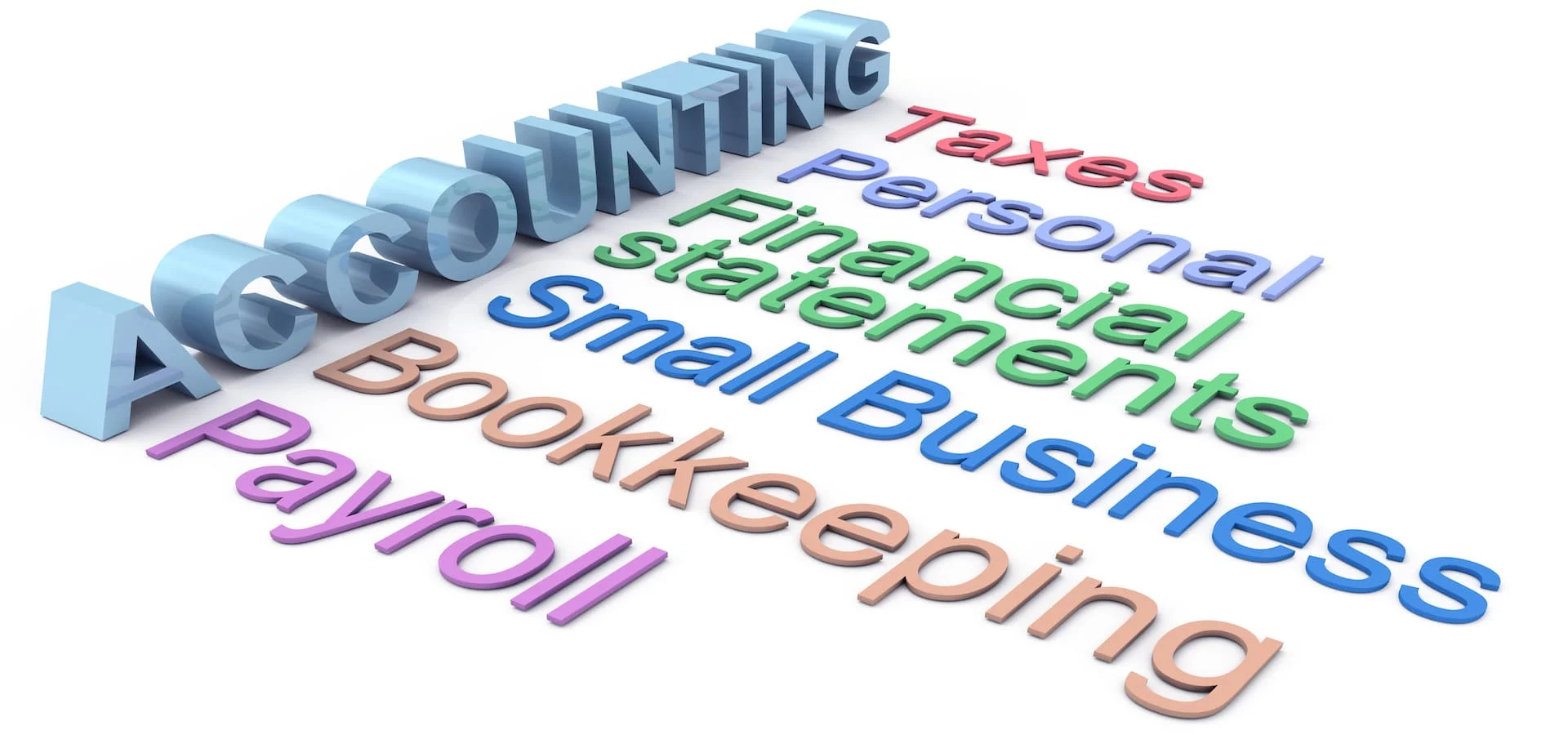What is e-invoicing?
Everything’s going digital: so why shouldn’t your bills? E-invoicing is a form of electronic billing. In any situation that requires an invoice be issued, an e invoice will suffice. It will be equally as binding as a request for payment.
E-invoicing between a customer and a supplier of a good or service is usually paid online. Although a digital bill can always have manual payment methods. Documents that can be include under electronic billing are electronic invoices, debit notes, credit notes, remittance slips, purchase orders and payment terms.
These are usually generated by an electronic invoicing software and is based on the information entered into the electronic invoice system.
How does e-invoicing software work?
Understanding what is electronic invoicing is one part of its definition. Knowing how it works is useful to understanding where you can use e invoicing solutions. While each e-invoice system differs in its particularities, the basic functions remain the same.
When it’s time to bill or issue a document requesting any kind of payment you can login to your electronic invoicing software. After entering initial data of your company and your clients you go to invoice section. All you need to add is service or products, price, tax rate and press generate an invoice. The e-invoice will be automatically generated. Usually, the entry of the buyer’s info sets up a profile for easy access and field population later on. All the information remains within the system.
How can e-invoicing solutions help businesses?
An e-invoice can be generated for business-to-business transactions or for business-to-consumer transactions. Electronic invoices are not simply a matter of convenience or speed - both of taking and receiving payment.
While these are undoubtedly the most obvious perks, electronic invoices offer a business great insight into the direction of their growth. The e invoicing software is often hooked up to a point of sale terminal. Then sellers/suppliers can take a look at purchase history and use the information to streamline future purchases, offer promotions or sync up transactions with marketing efforts.
E invoicing usually allows companies to see when their invoices have been viewed and when they’ve been paid. It’s one less thing to chase but don’t think that this leaves you without a “paper trail”. In fact, using e invoicing software lets you access payment history and compare revenue digitally.
Electronic invoicing can be a standalone endeavour. There are plenty of free “invoice generators” online. But if you want to maintain professionalism and be able to predict income, grow revenue, track payments, accept multiple forms of payments, allocate expenses and purchases by project, and simply issue invoices electronic invoicing software is a must.
It doesn’t only give your financials a place to live digitally. Software like Zistemo works alongside your business. It will report back to you the most key indicators of profit while keeping a track of the day-to-day functions.




